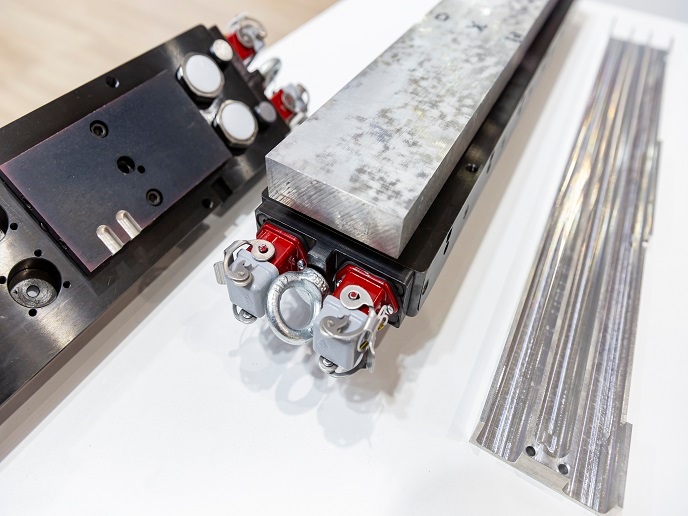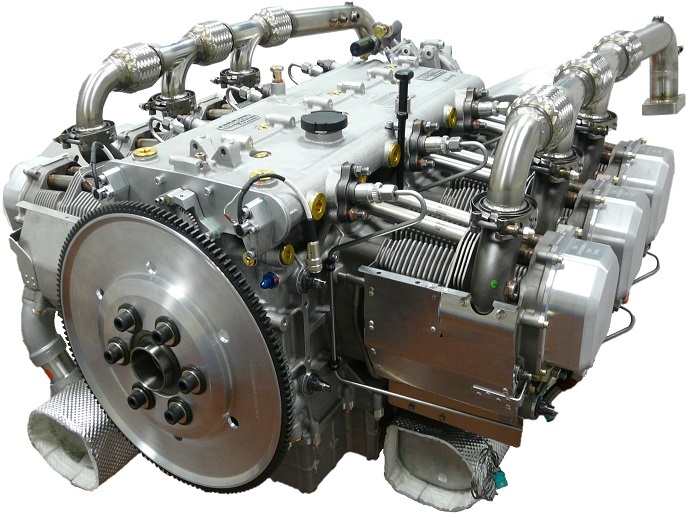Advanced monitoring technology to track tool wear
Thanks to advances in computer numerical control (CNC) technology, surface tolerances of 1 μm are now possible. However, tool degradation makes it difficult to maintain that level of smoothness. In fact, it is the most important factor affecting the accuracy and surface finish of machined parts. The EU-funded REALISM (Real-time in situ monitoring of tool wear in precision engineering applications) project provided a solution supporting the numerous SMEs in the machining sector. Scientists developed a smart sensor system to give feedback to the CNC machine and the operator regarding tool surface wear. It enables real-time modifications in process parameters to compensate and minimise waste. Surface condition is now detected at the end of the machine cycle, at which time unacceptable products have generated significant scrap. With REALISM’s new system, the downtime to replace the parts and the energy wasted producing faulty components is minimised, with important impact on productivity, profitability and the environment. Previous studies have shown that optimal tool condition monitoring arises from a combination of several different sensor types measuring and analysing different process variables. The REALISM system integrates the three most prevalent (acoustic emission, cutting force and vibration sensors) and places them strategically close to the cutting zone, but in a position unaffected by the machine’s moving parts. Collected data are assimilated via LabVIEW software and then uploaded to a cloud server for all consortium members to access. Together, three SMEs and four research organisations developed and tested a real-time in situ monitoring system prototype that was integrated into an industrial lathe. Partners reported a significant reduction of scrap waste and savings of over 60 % in scrap value over a 6-week period. The newly developed monitoring system should have important impact on cost, time and energy consumption, boosting the competitive position of EU SMEs in the machining sector in an eco-friendly way.







